Your crosshair is perfectly placed. The enemy walks into view. You click… and suddenly you’re staring at the death screen. The killcam shows a completely different story: you standing still while they had all the time in the world to line up their shot. Welcome to the frustrating world of lag and stuttering in Arena Breakout: Infinite.
Here’s what’s actually happening: Arena Breakout: Infinite’s mobile heritage creates unique performance challenges that standard PC optimization guides miss.
Quick Performance Diagnostic
- FPS drops below 60
- Screen freezes momentarily
- Stuttering during firefights
- Texture pop-in delays
- Actions delayed
- Players teleporting
- Shots not registering
- Rubber-banding movement
- High FPS but feels choppy
- Micro-stutters constantly
- Mouse input feels “off”
- Inconsistent smoothness
Arena Breakout’s Performance Issues
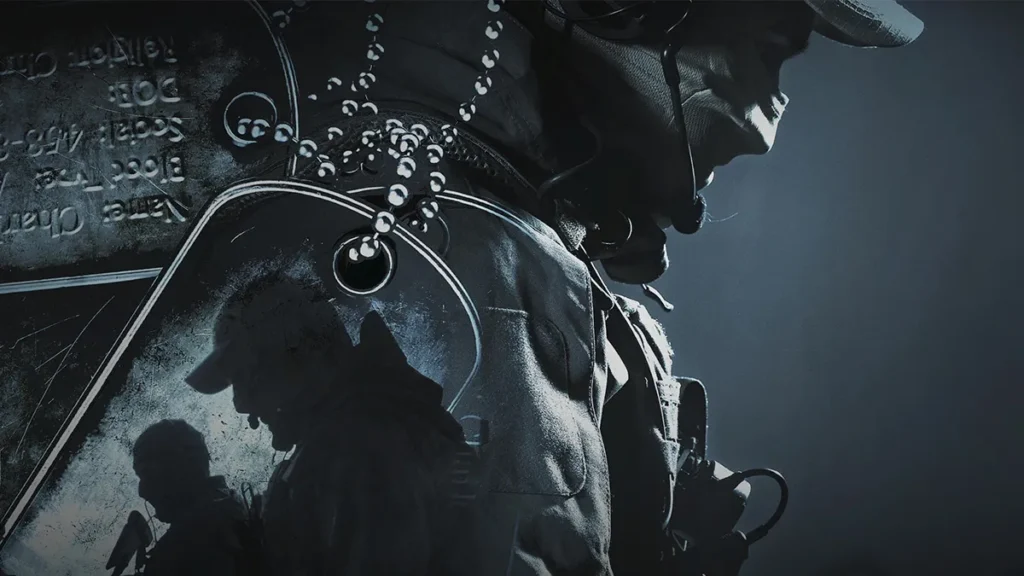
Arena Breakout: Infinite isn’t just another PC shooter. It’s a mobile game ported to PC, which creates unique performance challenges that standard optimization guides don’t address. The game’s mobile DNA means it handles resources differently than native PC titles, often causing unexpected CPU bottlenecks even on high-end systems.
The most common issues stem from three sources: the game’s unusual CPU-heavy architecture (especially with high view distances), inefficient handling of dead player models that can tank FPS by 50%, and conflicts between the Anti Cheat Expert system and Windows security features. Understanding these root causes is crucial for applying the right fixes.
Step 1: Critical System Checks Before Anything Else
Before touching any settings, you need to ensure your system meets the real requirements (not the optimistic minimums) and that your installation is clean. These foundational fixes solve 40% of performance issues.
Fix Priority Timeline
Follow this exact order for maximum efficiency
- Check GPU cable is connected to graphics card, NOT motherboard
- Confirm 16GB RAM minimum (12GB struggles with texture streaming)
- Verify 70GB free on SSD (HDD causes severe stuttering)
- Update to Windows 11 23H2 or Windows 10 22H2
- Download Display Driver Uninstaller (DDU)
- Boot into Safe Mode (Shift+Restart > Troubleshoot)
- Run DDU and select “Clean and restart”
- Install latest driver from NVIDIA/AMD website
- Install all Visual C++ Redistributables
- Temporarily disable Windows Defender
- Right-click Arena Breakout in Steam > Properties
- Installed Files > Verify integrity of game files
- Add game folder to Windows Defender exclusions
- Re-enable Windows Defender
Step 2: Optimal In-Game Settings for Maximum FPS
Arena Breakout’s graphics settings have wildly different performance impacts than you’d expect. Some “Ultra” settings barely affect FPS, while seemingly minor options can cost 40+ frames. Here’s what actually matters:
Graphics Settings Performance Impact
| Setting | Performance Impact | Recommended Value | Why This Matters |
|---|---|---|---|
| Upscaling (DLSS/FSR) |
|
DLSS Quality | 40-60% FPS gain, but use NVIDIA App override for less blur |
| View Distance |
|
Medium | CPU killer on High, minimal tactical advantage |
| Shadow Quality |
|
Low | Heavy in buildings, Low vs High barely visible |
| Light Quality |
|
Low | Global illumination tanks indoor FPS |
| Post-Processing |
|
Low | Includes ambient occlusion, minimal visual benefit |
| Vegetation Quality |
|
Low/Basic | 2% FPS cost but HUGE visibility advantage |
| Texture Quality |
|
VRAM Dependent | 8GB VRAM = High, 6GB = Medium, 4GB = Low |
| Sharpening |
|
1.0-2.0 | Essential to counter TAA/upscaling blur |
Step 3: GPU Control Panel Optimization
Your GPU control panel holds powerful optimizations that bypass the game’s limitations. These driver-level tweaks can add 15-30 FPS and significantly reduce input lag.
- NVIDIA Control Panel > Manage 3D Settings
- Add Arena Breakout profile
- Low Latency Mode: Ultra
- Power Management: Maximum Performance
- Texture Filtering: High Performance
- Digital Vibrance: 70-85% (easier enemy spotting)
- AMD Adrenalin > Gaming > Arena Breakout
- Radeon Anti-Lag: Enabled
- Radeon Image Sharpening: 80-90%
- AMD Fluid Motion Frames: Disabled (adds lag)
- Saturation: 200 (visibility boost)
- Surface Format Optimization: Enabled
- Enable G-Sync/FreeSync in control panel
- Enable VSync in GPU control panel
- Disable VSync in-game
- Set FPS limit to monitor Hz minus 3
- Example: 141 FPS for 144Hz monitor
Step 4: Windows System Optimization
Windows loves to interfere with gaming performance. These system-level tweaks eliminate background interference and ensure Arena Breakout gets the resources it needs.
- Enable Game Mode in Windows Settings
- Enable Hardware-Accelerated GPU Scheduling
- Add Arena Breakout to Graphics > High Performance
- Disable all overlays (Discord, Steam, GeForce)
- Clear DirectX Shader Cache after updates
Step 5: Network Optimization for Zero Lag
Network lag feels different from FPS drops but is equally game-breaking. If your actions feel delayed or enemies teleport around corners, these fixes target connection stability.
- Use wired Ethernet (WiFi adds 10-30ms)
- Close all streaming/downloads
- Change DNS to 1.1.1.1 (Cloudflare)
- Check server status on Twitter/Discord
- Consider gaming VPN for bad routing
Fixing Specific Arena Breakout Issues
Some performance problems are unique to Arena Breakout’s engine. These targeted fixes address the game’s known quirks that generic optimization can’t solve.
- Cap FPS below monitor refresh rate
- Use RivaTuner for precise limiting
- Enable “Scanline Sync” at -20
- This eliminates micro-stuttering
- Windows Settings > System > Storage
- Temporary files > DirectX Shader Cache
- Delete and restart game
- First match will stutter (rebuilding)
Performance Profiles: Copy These Exact Settings
Here are the optimal settings for different hardware tiers. Copy these exactly for instant improvement:
Recommended Settings by Hardware
| Setting | Budget PC | Mid-Range PC | High-End PC |
|---|---|---|---|
| Target Specs | GTX 1060 / RX 580 | RTX 3060 / RX 6600 | RTX 4070 / RX 7800 XT |
| Expected FPS | 60-80 @ 1080p | 100-120 @ 1080p | 120+ @ 1440p |
| Resolution Sampling | FSR Performance | DLSS Quality | DLSS Quality + DLDSR |
| View Distance | Low | Medium | Medium |
| Shadow Quality | Off | Low | Medium |
| Light Quality | Low | Low | Medium |
| Post-Processing | Low | Low | Medium |
| Texture Quality | Low | Medium | High |
| Vegetation Quality | Basic | Basic | Low |
| Effect Quality | Low | Low | Medium |
| Shader Quality | Low | Medium | High |
| Sharpening | 2.0 | 1.5 | 1.0 |
The Bottom Line
Arena Breakout: Infinite’s performance issues stem from its mobile origins, not your hardware. The game’s CPU-heavy architecture, inefficient dead body handling, and anti-cheat conflicts create unique challenges that standard PC optimization can’t solve.
Follow the fixes in order: system checks first, then in-game settings, followed by driver optimizations. Most players see 40-80% FPS improvement after applying all tweaks. Remember that some issues, like the dead body bug, require developer fixes. Until then, these optimizations ensure you’re getting every possible frame from your system.
Frequently Asked Questions
Why does Arena Breakout run worse than other shooters on my PC?
Arena Breakout: Infinite is a mobile game ported to PC, which creates unique bottlenecks. The game engine was designed for ARM mobile processors, not x86 PC architecture. This causes unusual CPU-heavy performance, inefficient asset streaming, and specific bugs like FPS drops when viewing dead bodies that don’t exist in native PC games.
What’s the most important setting for FPS in Arena Breakout?
Upscaling (DLSS/FSR) provides the biggest FPS boost, typically 40-60%. However, Arena Breakout ships with an outdated DLSS version causing blur. NVIDIA users should enable the “Super Resolution” override in NVIDIA App to force the latest DLSS model. After upscaling, View Distance has the highest impact on CPU performance.
How do I fix the blurry graphics in Arena Breakout?
The blur comes from outdated TAA and DLSS implementation. Fix it by: (1) Setting Sharpening to 1.0-2.0 in-game, (2) For NVIDIA: Enable Super Resolution override in NVIDIA App, (3) For AMD: Enable Radeon Image Sharpening at 80-90%, (4) Consider using DLDSR 2.25x + DLSS Quality for ultra-sharp visuals if you have GPU headroom.
Why does my FPS drop when looking at dead bodies?
This is a known engine bug in Arena Breakout where multiple dead player/AI models cause severe performance drops. It’s not fixable on the user end. The only workaround is avoiding looking directly at body piles during combat. Developers are aware but haven’t announced a fix timeline.
Should I disable overlays for better performance?
Yes, absolutely. Overlays from Discord, Steam, GeForce Experience, and MSI Afterburner can reduce FPS by 10-20% and cause stuttering. They inject code into the game’s rendering process, creating conflicts. Disable all overlays for optimal performance, especially if experiencing random stutters.
What’s the difference between hardware lag and network lag?
Hardware lag shows as low FPS, screen freezing, and stuttering (your PC struggling to render). Network lag shows as delayed actions, teleporting players, and shots not registering (poor server connection). Check ping in-game: below 50ms is competitive, 50-100ms is playable, above 150ms is problematic.
How do I properly set up VSync/G-Sync/FreeSync?
For optimal results: (1) Enable G-Sync/FreeSync in GPU control panel, (2) Enable VSync in GPU control panel only, (3) Disable VSync in-game, (4) Set FPS limit 3 below monitor refresh (141 FPS for 144Hz). This configuration eliminates tearing with minimal input lag by using VRR as primary sync method.
Why does clearing shader cache help?
Games store pre-compiled shaders to prevent stuttering. However, this cache can corrupt after updates or driver changes, causing persistent stutters. Clearing it forces a rebuild. Do this via Windows Settings > Storage > Temporary Files > DirectX Shader Cache. First match will stutter while rebuilding, then performance improves.
What are the real system requirements for smooth gameplay?
Official minimums are unrealistic. For 60+ FPS at 1080p: 16GB RAM (not 12GB), RTX 2060/RX 6600 minimum, SSD required (HDD causes severe stuttering), i7-9700/Ryzen 5 3600X minimum CPU, 6-8GB VRAM for stable texture streaming. The game uses 5-6GB VRAM even on moderate settings.
Can I fix Arena Breakout’s performance on low-end hardware?
Limited improvements are possible: Use FSR Performance mode, set all graphics to Low/Off except textures (match VRAM), reduce resolution to 900p or 720p, disable Windows fullscreen optimizations, close all background apps. However, with less than 12GB RAM or 4GB VRAM, expect persistent issues due to the game’s mobile port inefficiencies.
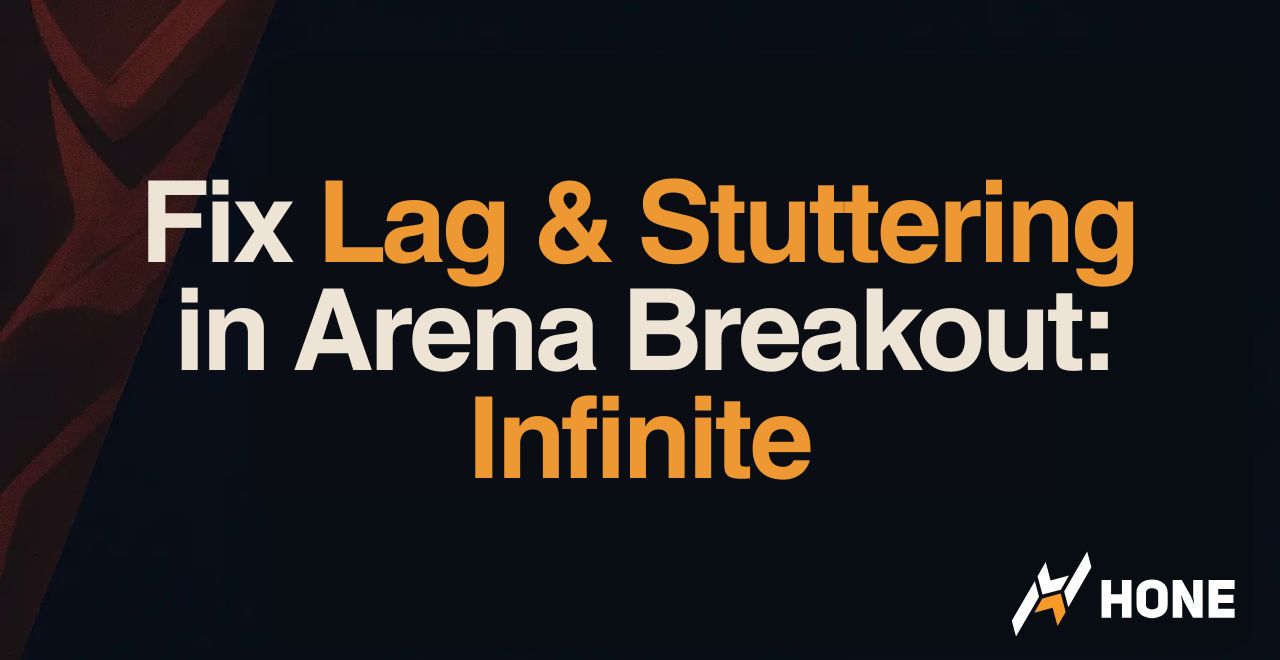

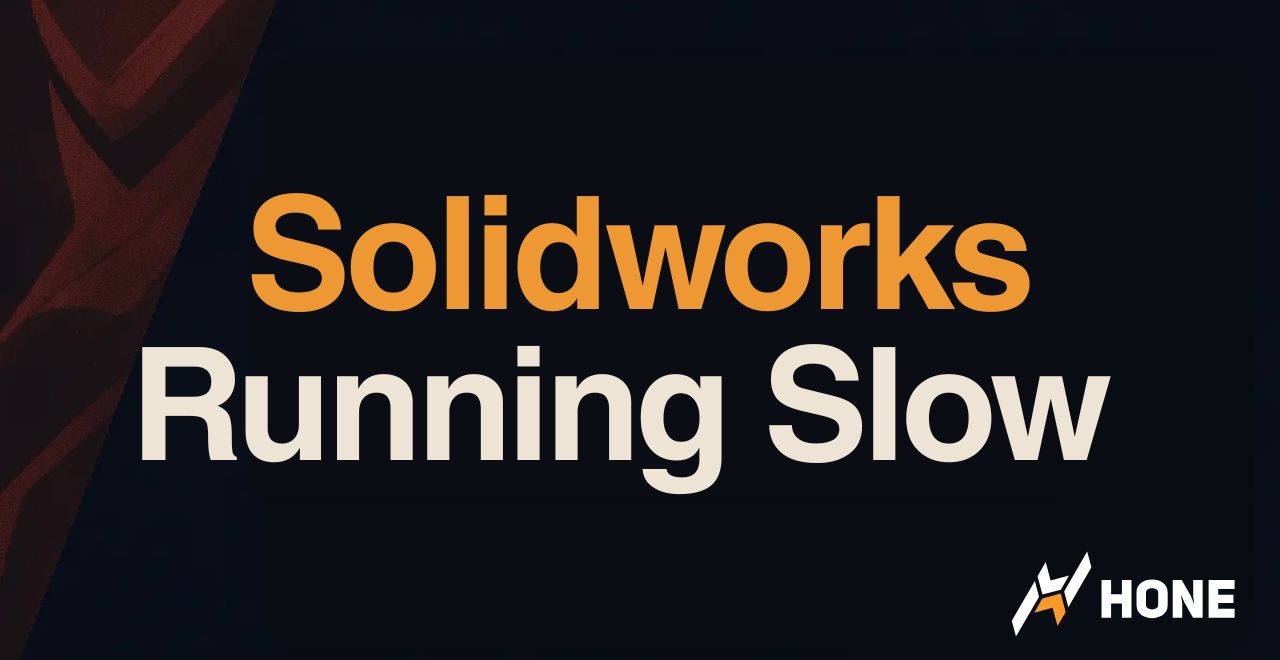
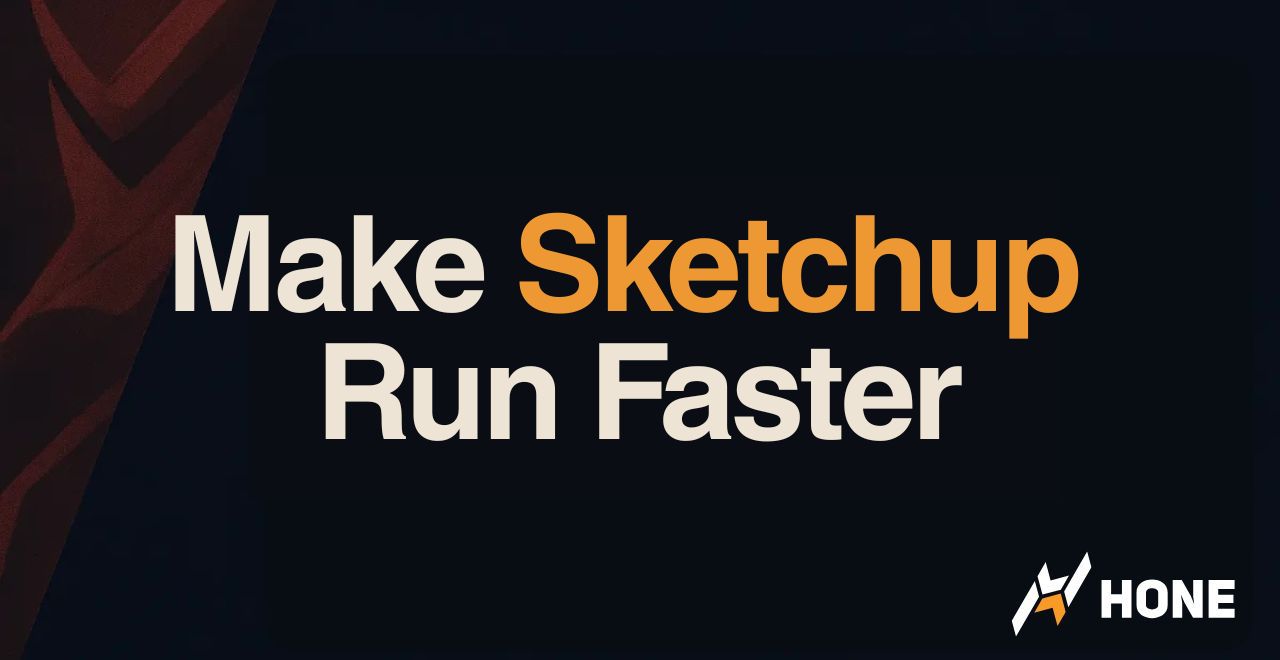
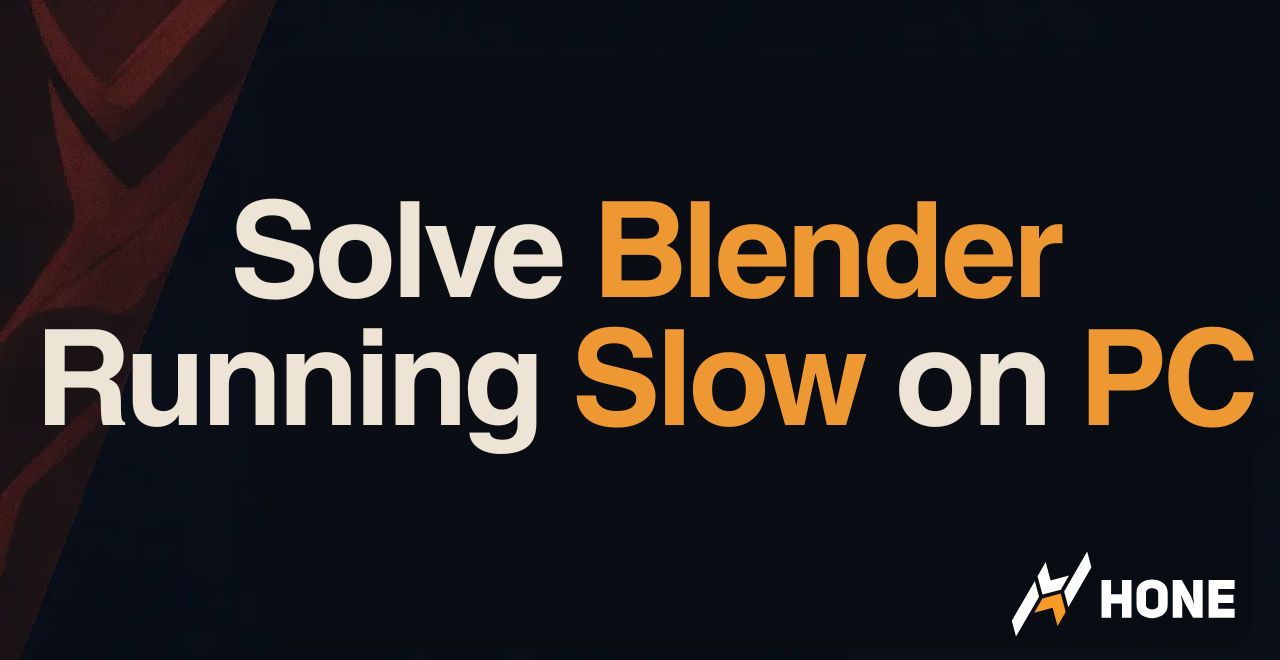

 Discord
Discord
 Instagram
Instagram
 Youtube
Youtube
 TikTok
TikTok